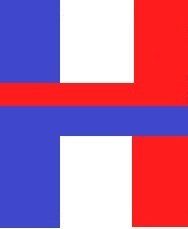Varicose veins / spider veins
The term varicose veins (varicosis) comes from the Middle High German word “Krummadern”, which means crooked, twisted veins. A varicose vein (varice) is not only a twisted vein, but also an enlarged vein whose function is impaired.
What can you do against varicose veins
( varicose veins ) do?
A distinction is made between surgical and conservative treatment methods. The method used depends on various factors.
1. Compression therapy: External compression creates a support for the muscles, which improves the performance of the muscle-vein pump. Compression stockings are used, which must be individually adjusted by a specialist. If worn daily and properly cared for, the stocking should be replaced after a year.
2. Sclerotherapy of varicose veins/removal of spider veins: By injecting a sclerosing agent into the varicose veins and especially into the spider veins, an artificial inflammation of the veins is provoked, which leads to a connective tissue transformation of the varicose veins. This method is low-risk and does not put a strain on the
Patients hardly and is preferably used for side branch and spider veins (cosmetic reasons).
3. Surgical treatment: The varicose veins are pulled out using probes (so-called stripping) and removed through small incisions (lateral branch varicosectomy, miniphlebectomy). The often-made claim that surgery is useless because varicose veins will reappear anyway is not true. Although the tendency for varicose veins to reappear remains after an operation (genetic predisposition), a newly occurring varicose vein rarely reaches the same size as before the operation.
Vascular Surgery Practice Essen - Steele






